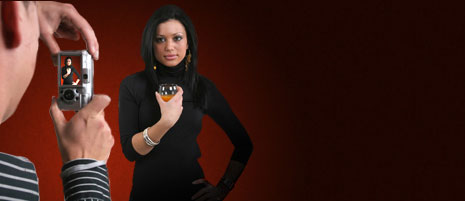Wildlife Photography
Wildlife is an exciting, enthralling, and often dangerous endeavor. The wildlife photographer must essentially enter the natural habitat of the creature in which he or she is trying to capture on film.
The single most important piece of equipment the wildlife photographer must have is the lens. The photographer must be able to keep at a safe and comfortable distance from the animal, while still being able to photograph the creature, and the only way this kind of look can be acheieved is with a high zoom lens. Ideally, the photographer would have at least a 50-500mm zoom on his camera. Because of this, many wildlife photographers still opt for conventional film cameras, as opposed to digital cameras, as zoom is often compromised in digital photography. A lens filter is probably also necessary for the photographer to achieve the shot he or she is looking for, as sunlight is a hard light source to manipulate, but there is very little the photographer can do about it when shooting wild animals outdoors.
Since wildlife photographers must often use film cameras, the film must be carefully considered depending on the environment, the animal and the photographers goal. In bright sunlight, a 100-200 ISO will do, but if the photographer is going to be taking action shots, or taking shots in fading light, a 400 ISO is more appropriate. A 400 ISO is also the appropriate choice when using a zoom lens.
If the photographer find himself shooting in the middle of the afternoon, when the sunlight is at it's harshest, he may want to consider using a flash. If the object of the photograph has an element of backlight to it, fill flashes can help reduce the muddy shadows that often compromise an image. Flashes are important for compensating for the distinct shadows a midday sun can create.
Tripods are another piece of equipment the photographer will probably need. Long exposure shots can come out blurry if the animal is moving, and a camera secured to a tripod allows the photographer to manipulate the shutter to avoid this blurriness.
While popular thought remains that wildlife photography is "luck" and catching an animal at the "right time" - it is, in fact, the opposite that is true. The professional wildlife photographer has studied his or her subject for a long period of time prior to the shoot, and he will know what to expect from the animal. Every wildlife shot is one that has been thought out, planned, and set up.

